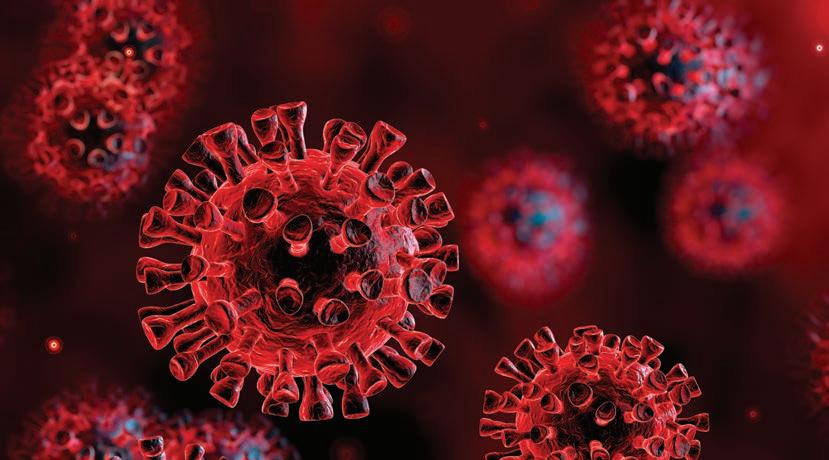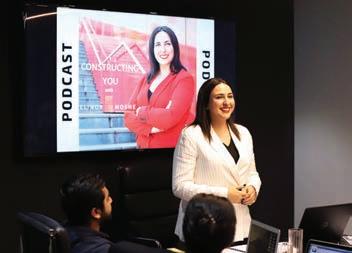Awareness of potential sources of contamination from drainage systems within the field of
'Public Health Engineering' Les Wilson
If Public Health is defined as “the art and science of preventing disease, prolonging life and promoting health through the organised efforts of society” (Acheson, 1988; WHO), then 'Public Health Engineering/Hydraulics' plays an important role within building services in achieving this. Our discipline is primarily concerned with providing wholesome water to draw-off points and ensuring the safe passage of waste products, through habitable and non-habitable spaces away and from the building envelope to the boundary connection.
T
echnical advancements in understanding hydraulic disturbances within drainage systems seriously challenge current international statutory codes and standards. Although codes offer invaluable guidance, there is a view shared by many that they are more appropriate for smaller residential and commercial projects. Modern healthcare facilities and major travel hubs to name a few are architecturally complex; they are also more demanding in terms of their drainage requirements and therefore need an engineered approach outside the jurisdiction of codes. Research and simulation has proved that drainage flows through a building are in a state of flux, flipping between the states of steady flow (where fluid properties at a point in the system, do not change over time) and unsteady
70
state flow transients (time dependent). The two states are intricately linked to flow discharge and the design dynamics of the pipework system. Hydraulic disturbances within drainage systems create turbulence leading to rapid negative and positive pressure transients within branches and stacks.
What we knew then...
Right up to the beginning of the 1900's, there was as sector of the population who still held on to the 'Miasma theory', believing that epidemic diseases were spread by poisonous vapours in the air. In May 1894, Dr. Abraham Jacobi, addressed fellow physicians and scientists with the words “There is a general vague impression among the public [regarding sewer gas], but I never saw a case or could prove one”... and there he began to question the veracity of the sewer gas theory.
The following year at the ‘Congress of American Physicians and Surgeons’ he brought to his audience, the world of microorganisms and the science of bacteriology that sat outside sensory smell or sight. Dr. F.W. Andrewes was the Medical Officer of Health of the Local Government Board in England between 1906 and 1908. He submitted a paper on 'micro-organisms in sewer air' based on his own research and observations. In















